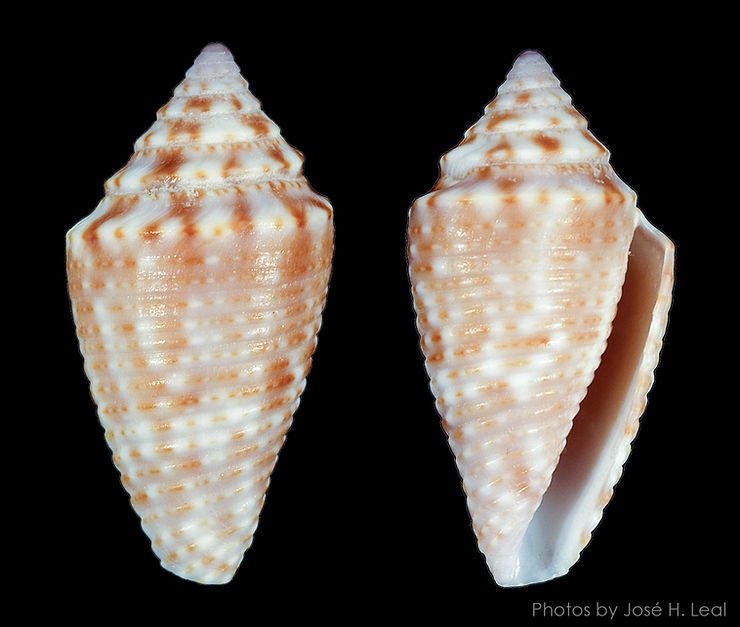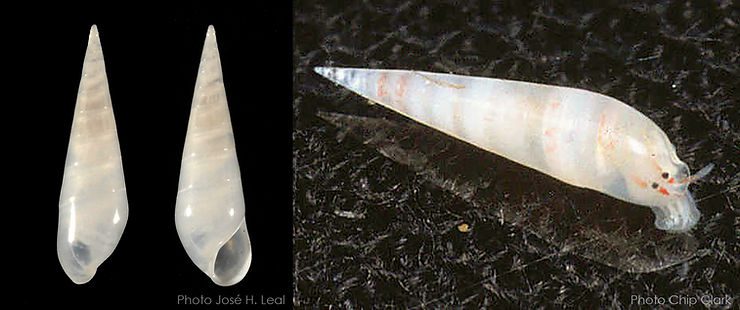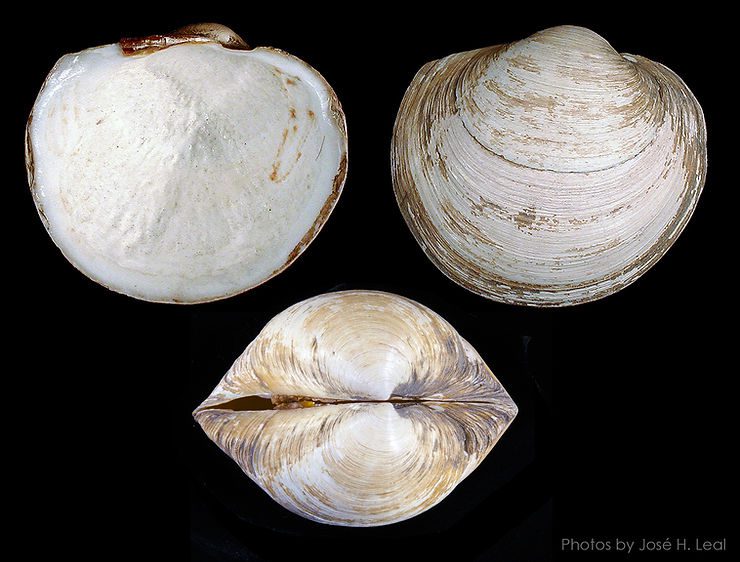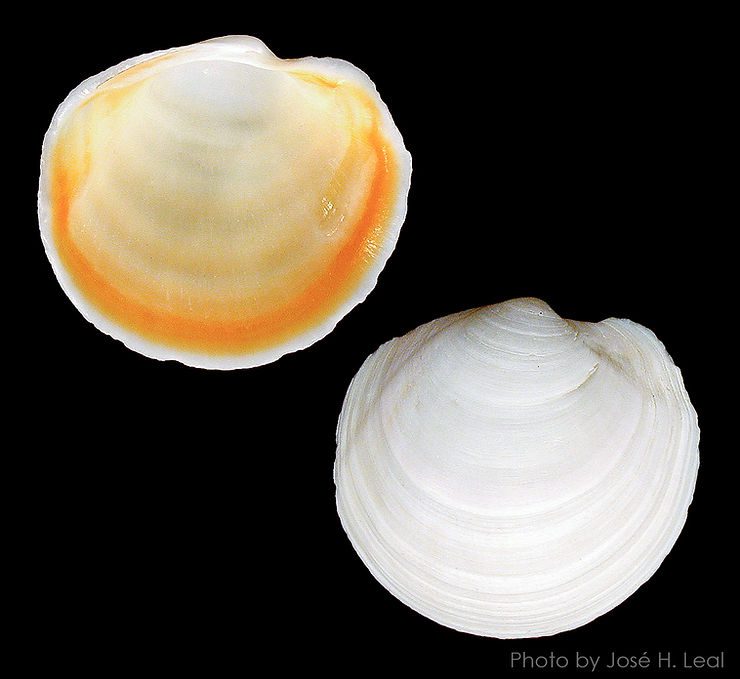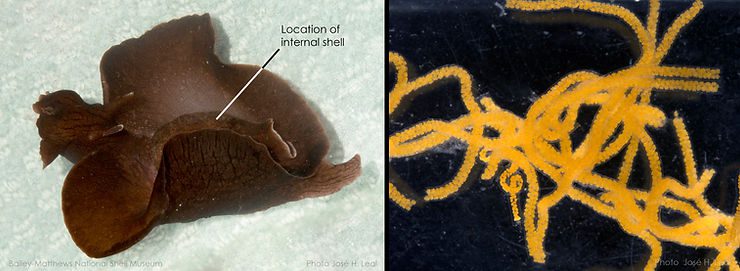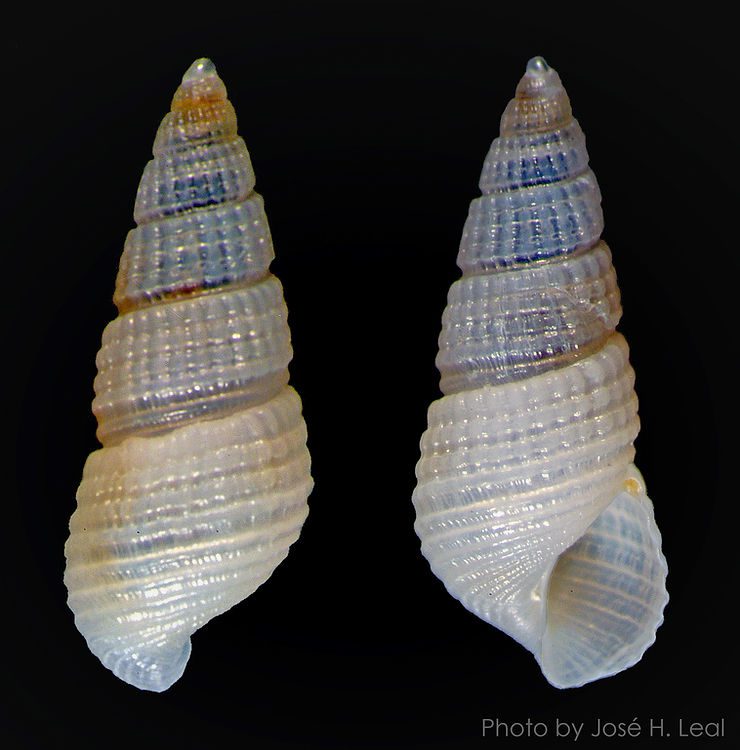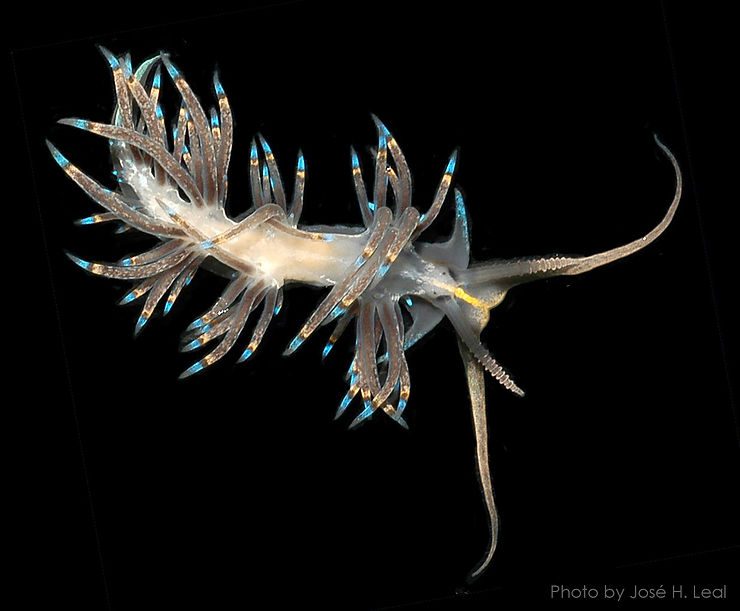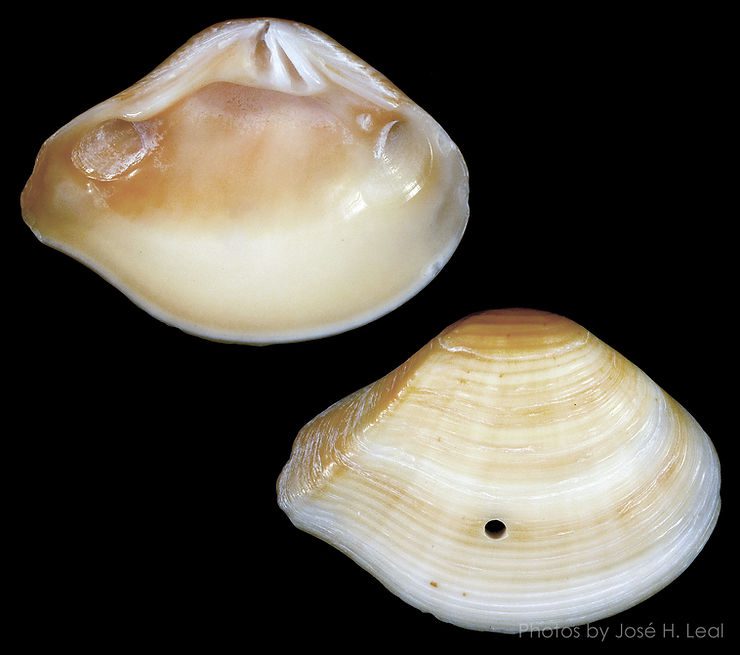
The Beautiful Crassatella
The Beautiful Crassatella, Kalolophus speciosus (A. Adams, 1854) is a medium-sized local clam that reaches about 50 mm (2 inches). A member of the family Crassatellidae, the Beautiful Crassatella has a heavy, wedge-like shell with a surface sculpture of about 50–60 commarginal (“concentric”) ribs. Beautiful Crassatellas are light-yellow, orangish-yellow, sometimes orange, and are common occurrences in the Florida fossil record. The Beautiful Crassatella, Kalolophus speciosus, from Sanibel. Photo
